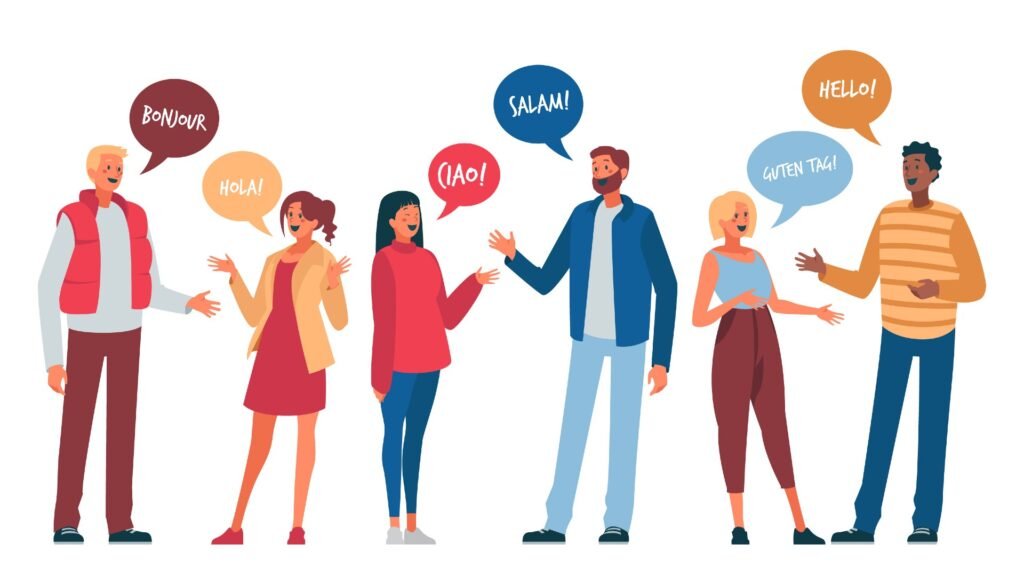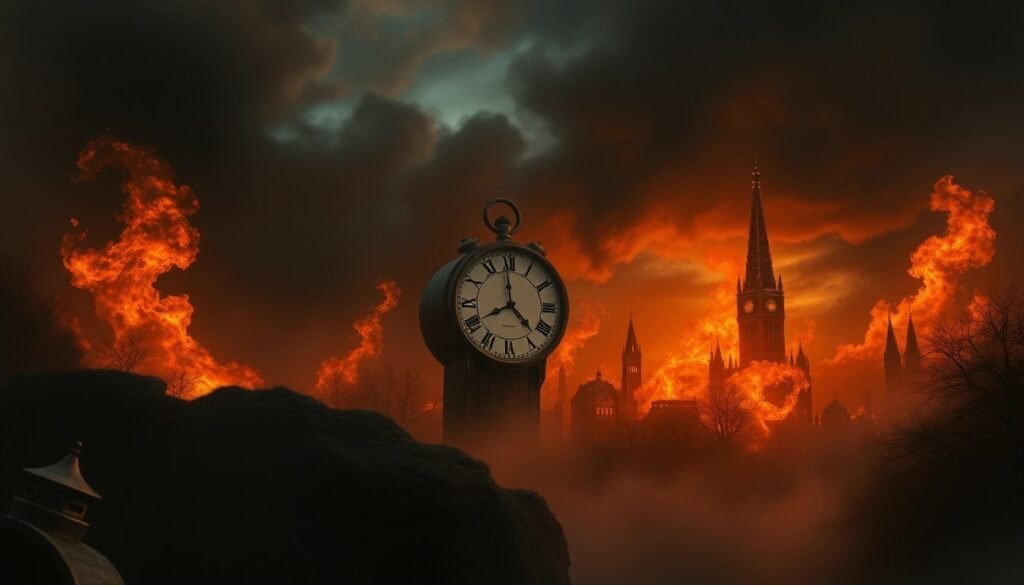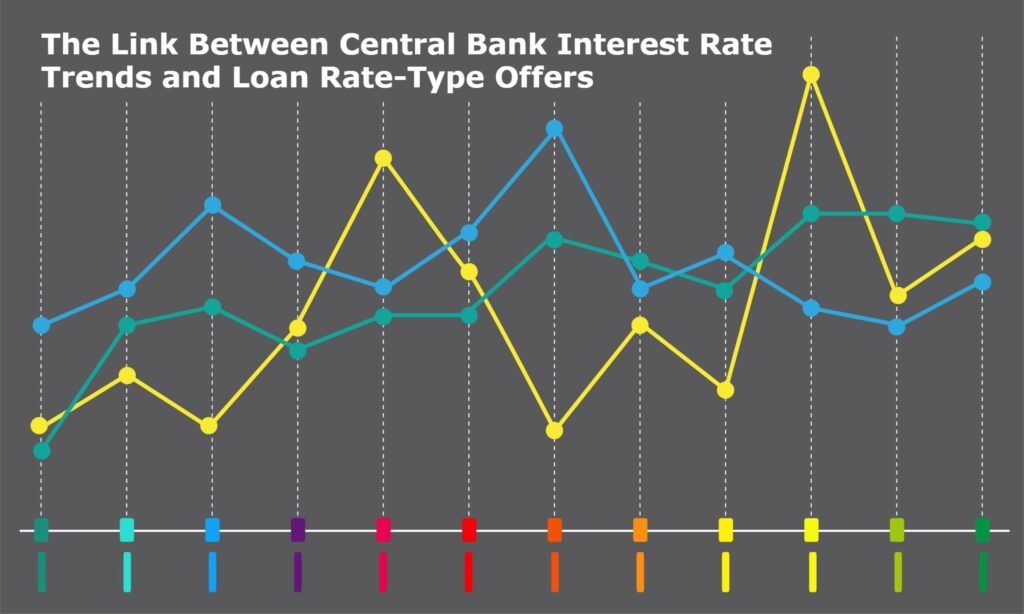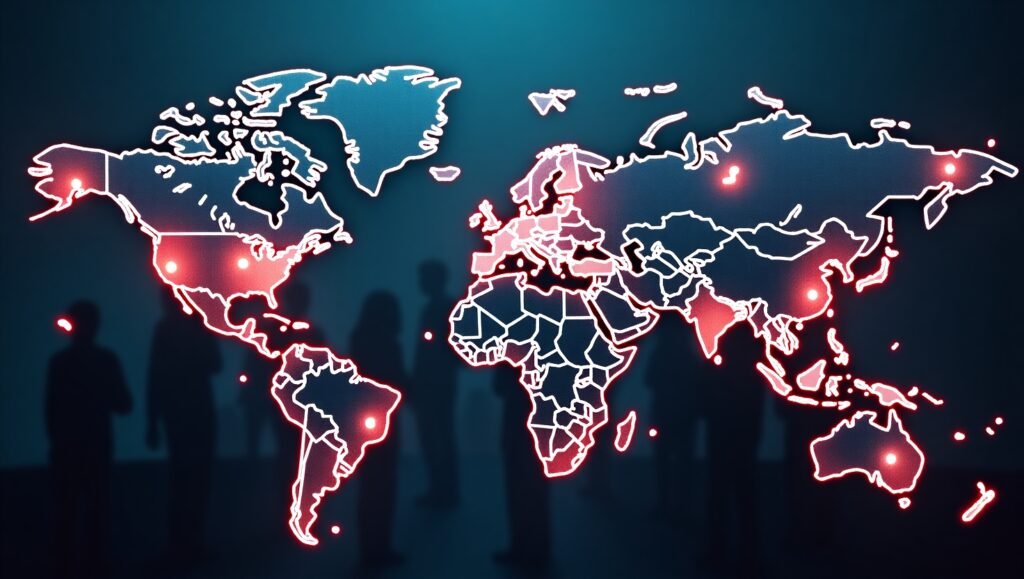|
Getting your Trinity Audio player ready...
|
Language connects us across borders, beliefs, and generations. It shapes identity, carries stories, and fuels human interaction. But when we ask what is the most popular language in the world, we open the door to much more than just numbers. We explore history, migration, influence, and human behavior. This article will take you from the basics of what spoken language means, through the vast map of language families, and into the top spoken languages shaping our global conversation. Stick with us to the end for a conclusive breakdown you’ll only find here on Thinquer.
💬 What Is a Spoken Language?
A spoken language is a structured system of communication made up of sounds and words. It’s used for expressing thoughts, emotions, and information verbally. Unlike written language, spoken language exists first—it’s how humans naturally communicate from early childhood, long before they learn to write.
Spoken languages are dynamic. They evolve with time, absorb words from others, and adapt to social, technological, and political changes. Today, thousands of spoken languages exist globally, each tied to culture, geography, and history. But only a few stand out as the most popular languages in the world.
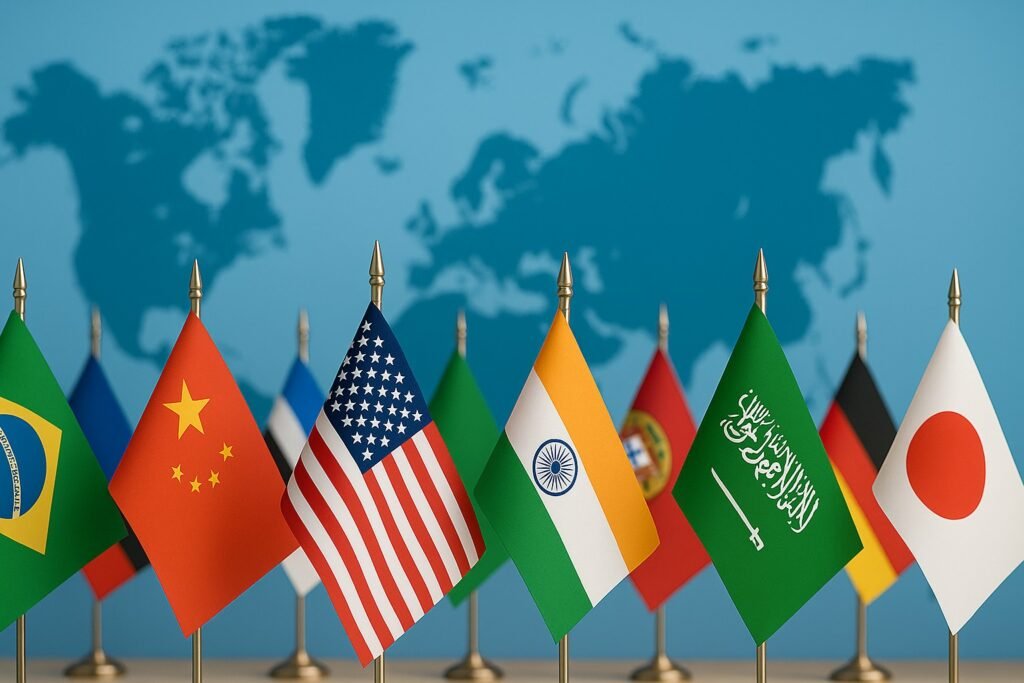
🧬 The Top Language Families in the World
Before we dive into individual languages, it’s helpful to understand language families—groups of languages that evolved from a common ancestral tongue and share grammatical structures, core vocabulary, and phonetic systems. These families originate from different regions across the globe, reflecting humanity’s ancient migrations and cultural evolution. Here are the largest and most significant ones, organized by their geographic origin:
🏛️ Indo-European
👉 Origin: Eurasian Steppe, near the Pontic-Caspian region

This is the largest language family in terms of speakers. It includes English, Spanish, Hindi, Portuguese, Bengali, Russian, and many others. The family spread widely due to migration, colonization, and cultural exchange, reaching Europe, South Asia, and parts of the Americas.
Major Indo-European sub-families:
- Germanic: English, German, Dutch, Swedish, Norwegian
- Romance: Spanish, Portuguese, French, Italian, Romanian
- Slavic: Russian, Polish, Ukrainian, Czech, Bulgarian
- Indo-Aryan: Hindi, Bengali, Urdu, Punjabi, Marathi
- Iranian: Persian (Farsi), Pashto, Kurdish
- Celtic: Irish, Welsh, Breton
- Hellenic: Greek
- Albanian and Armenian also form individual branches.
🏯 Sino-Tibetan
👉 Origin: China-Tibet borderlands

Primarily spoken in East Asia and Southeast Asia, this family includes Mandarin Chinese, Cantonese, Burmese, and Tibetan. It reflects the linguistic diversity of East Asia’s mountainous and riverine geography.
Major Sino-Tibetan sub-families:
- Sinitic: Mandarin, Cantonese, Hokkien, Wu, Xiang
- Tibeto-Burman: Tibetan, Burmese, Karen languages
🌴 Niger-Congo
👉 Origin: West and Central Africa
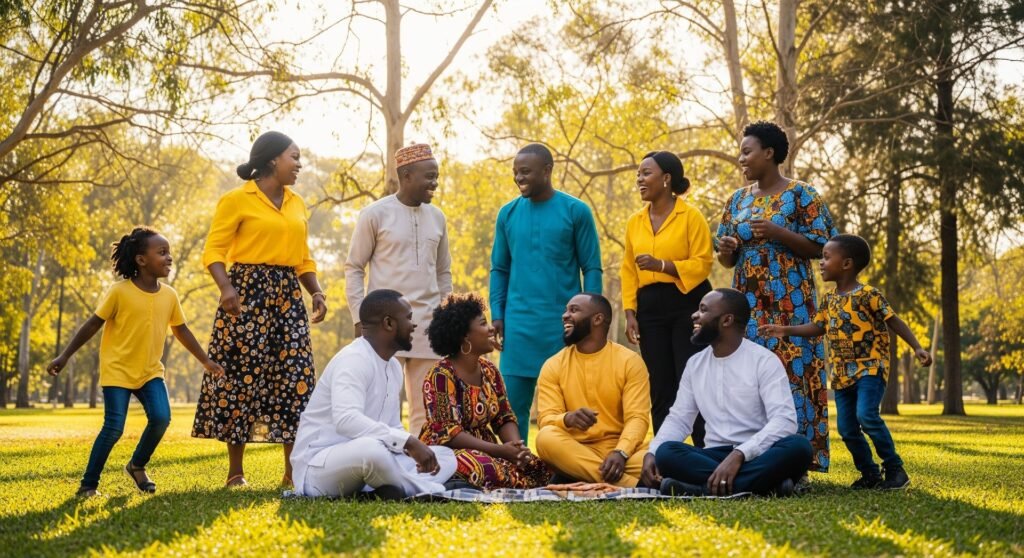
Dominating sub-Saharan Africa, this family includes Swahili, Yoruba, Igbo, and Zulu. It is the most linguistically diverse family, with hundreds of languages spoken across a vast region.
Major Niger-Congo sub-families:
- Bantu: Swahili, Zulu, Shona, Xhosa
- Atlantic: Wolof, Fula
- Volta-Congo: Yoruba, Igbo, Akan
- Kwa and Gur: Ewe, Dagbani
🕌 Afro-Asiatic
👉 Origin: Horn of Africa and the Middle East

Centered around North Africa and parts of the Middle East, this family includes Arabic, Hebrew, Amharic, and Hausa. Many of its languages have ancient roots and are tied to early civilizations and religious texts.
Major Afro-Asiatic sub-families:
- Semitic: Arabic, Hebrew, Amharic, Tigrinya
- Berber: Tamazight, Tachelhit
- Cushitic: Somali, Oromo
- Chadic: Hausa
- Egyptian: Ancient Egyptian (now extinct)
🌊 Austronesian
👉 Origin: Taiwan and coastal southern China

Spoken throughout the Pacific Islands, Madagascar, and parts of Southeast Asia, this family includes Malay, Indonesian, Tagalog, and Maori. It reflects the oceanic migrations of early seafarers.
Major Austronesian sub-families:
- Malayo-Polynesian: Malay, Indonesian, Tagalog, Javanese, Malagasy, Maori, Hawaiian
- Formosan: Indigenous languages of Taiwan
These families house the top spoken languages that command millions—and in some cases, billions—of voices around the globe.
🔟 Top 10 Most Popular Languages in the World 🌎
So, what is the most popular language in the world? That depends on how we measure—by native speakers, total speakers, or global influence. Below, we break down the leading contenders by total number of speakers, which combines both native and second-language users.
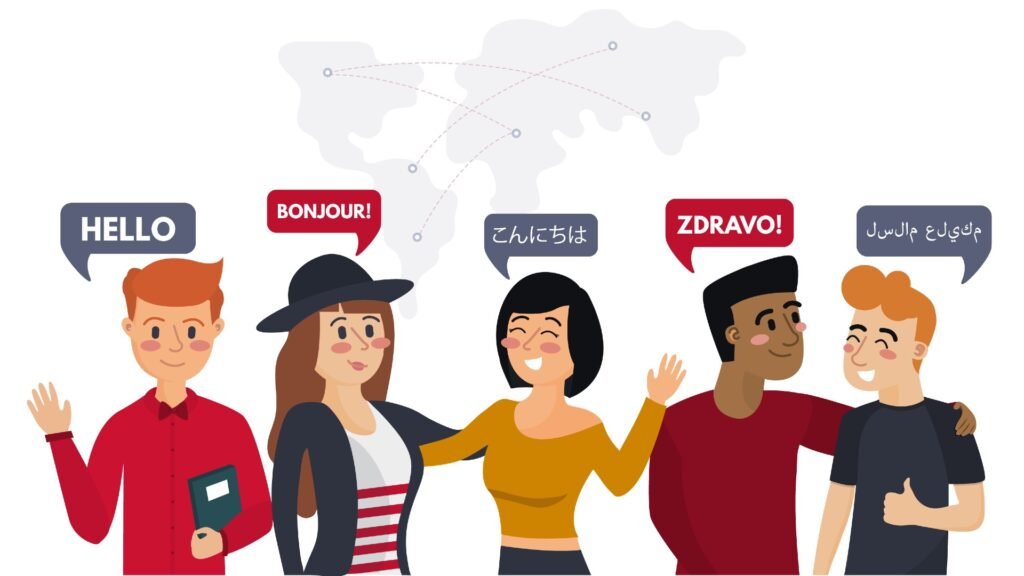
🗽 1. English
👉 The Global Language.
- Total speakers: Over 1.4 billion
- Native speakers: Around 380 million
English is the most popular language in the world when considering total speakers. It’s the official language in over 50 countries and dominates international business, aviation, technology, and entertainment. As the most learned second language worldwide, English is deeply woven into the fabric of globalization.
🀄 2. Mandarin Chinese
👉 The Native Speaker Champion.
- Total speakers: Over 1.1 billion
- Native speakers: Over 920 million
Mandarin is the top spoken language in the world by native speakers, largely because of China’s vast population. It’s the official language of China and widely used across Singapore, Taiwan, and among Chinese diaspora communities. Its complexity and tonal system make it unique among global languages.
🛕 3. Hindi
👉 Heartbeat of India.
- Total speakers: Over 600 million
- Native speakers: Around 345 million
Hindi, spoken mainly in northern and central India, forms part of the Hindi-Urdu dialect continuum. It’s one of India’s official languages and deeply embedded in the country’s culture, cinema (Bollywood), and daily life. When combined with Urdu, the number of speakers grows significantly.
💃 4. Spanish
👉 Language of Two Continents.
- Total speakers: Over 550 million
- Native speakers: Around 485 million
Spanish spans continents—from Spain and Latin America to the United States. It is the second most spoken native language after Mandarin. Its increasing usage in the U.S. points to even broader growth in years to come.
🕌 5. Arabic
👉 The Sacred and the Spoken.
- Total speakers: Around 430 million
- Native speakers: Around 310 million
Arabic is the official language of over 20 countries and holds religious significance for 1.8 billion Muslims. It has many dialects, which can differ significantly, but Modern Standard Arabic unifies formal speech and writing across the Arab world.
🗼 6. French
👉 A Diplomatic Heavyweight
- Total speakers: Around 320 million
- Native speakers: Around 80 million
French remains one of the most popular languages in the world thanks to its colonial past and cultural influence. It is spoken across Europe, Africa, the Caribbean, and parts of North America. It also maintains official status in international institutions like the UN and the Olympic Committee.
🥻 7. Bengali
👉 South Asia’s Unsung Giant
- Total speakers: Around 300 million
- Native speakers: Over 230 million
Bengali is the primary language of Bangladesh and one of India’s most spoken languages. It has a rich literary tradition and is central to South Asian culture and identity.
⚽ 8. Portuguese
👉 Brazil Leads the Way
- Total speakers: Over 260 million
- Native speakers: Around 240 million
Portuguese owes its global reach to Brazil’s population. It is also spoken in Portugal, Mozambique, Angola, and several other countries. The language benefits from Brazil’s growing role in the global economy and cultural exports.
🤹 9. Russian
👉 Voice of the East.
- Total speakers: Around 260 million
- Native speakers: Over 150 million
Russian is widely spoken across Eastern Europe and Central Asia. It’s the most spoken Slavic language and holds significant scientific, cultural, and political influence, especially in former Soviet states.
🛺 10. Urdu
👉 Twin of Hindi, Voice of Pakistan
- .Total speakers: Around 230 million
- Native speakers: Around 70 million
Urdu shares a linguistic base with Hindi but is written in a different script and has strong Persian and Arabic influences. It is Pakistan’s national language and one of India’s officially recognized languages.
One World, Many Voices
So, what is the most popular language in the world? The answer isn’t singular. Mandarin Chinese leads by native speakers, while English takes the global crown for total speakers and influence. Spanish, Hindi, Arabic, and French follow closely, each anchoring vast communities and rich cultures.
Understanding the most popular languages in the world helps us see the threads that bind humanity. Language tells us where people come from, how they connect, and how they shape the future.
💬 We’d love to hear from you—what language do you speak or want to learn next? Drop a comment below, and don’t forget to check in with Thinquer every day. We’re diving deeper into global language trends all year long.

